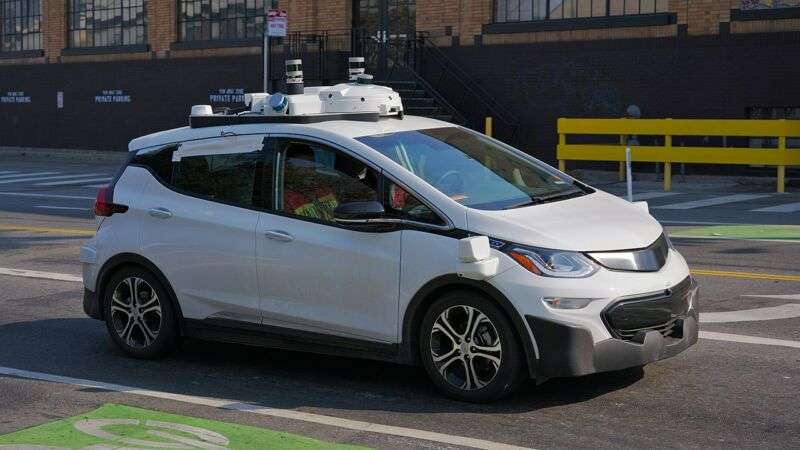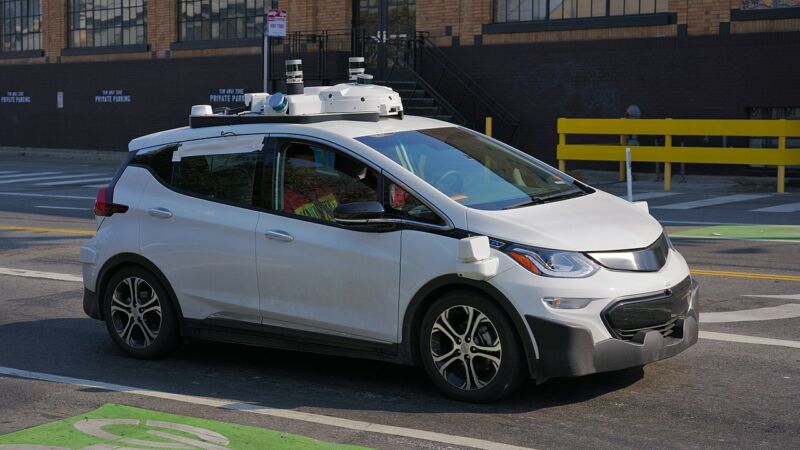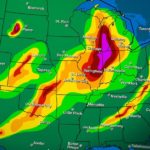
How lidar makers are coping with slow progress of self-driving tech

Enlarge / An experimental self-driving car from Cruise Automation is festooned with lidar sensors. (credit: Dllu)
The 2020 Consumer Electronics Show was absolutely crawling with companies hawking lidar. Short for light radar (yes, really), this powerful type of sensor generates a three-dimensional pointcloud of its surroundings. Experts and industry insiders not named Elon Musk see it as a key technology for self-driving cars. There are dozens of companies developing lidar technology, and each insists that its sensor is a cut above the rest.
But while every lidar is above-average in the halls of CES, things are starting to look different in the real world. At least one segment of the market—custom robots for warehouses, mines, and other industrial sites—is starting to buy lidar sensors in significant volume. Another segment—low-end lidars used in car driver-assistance systems—is poised to become a big market in the next couple of years.
For this piece I asked both lidar company officials and independent experts to help me understand the state of the lidar market. They told me that Velodyne—the company that invented modern three-dimensional lidar more than a decade ago—continues to dominate the industry.
Read 39 remaining paragraphs | Comments




